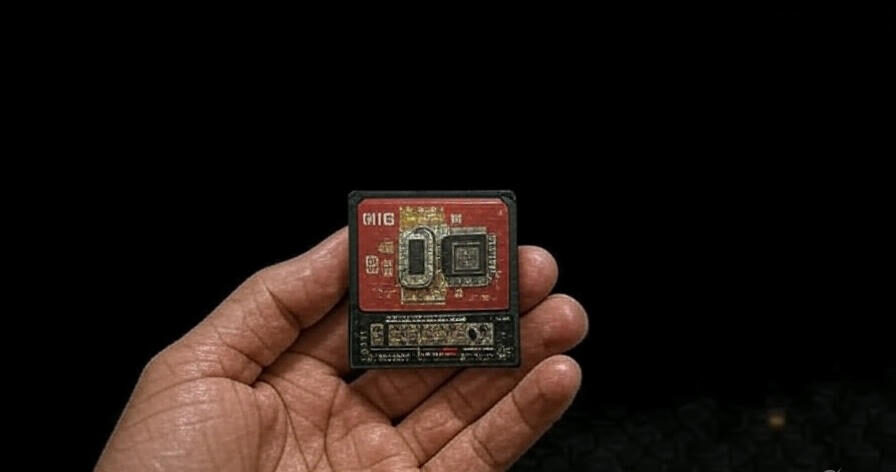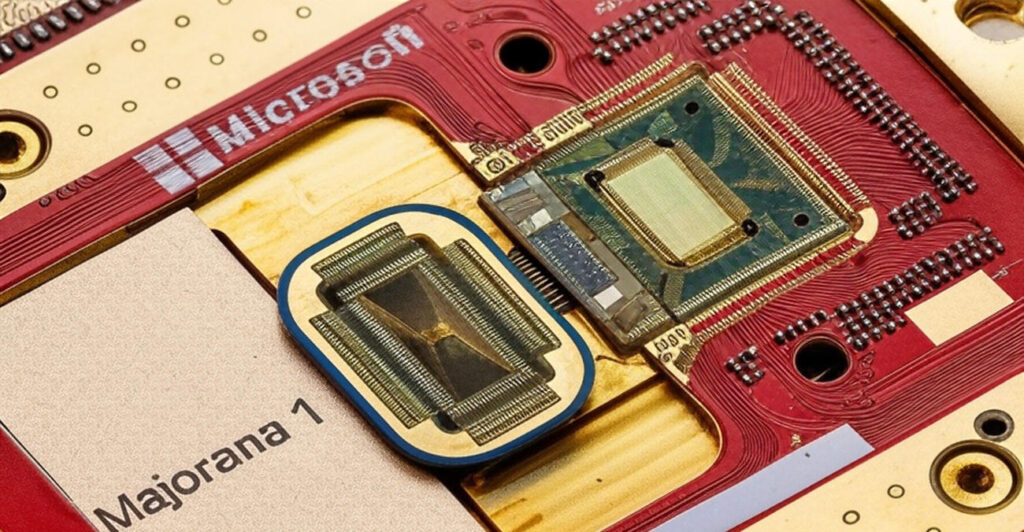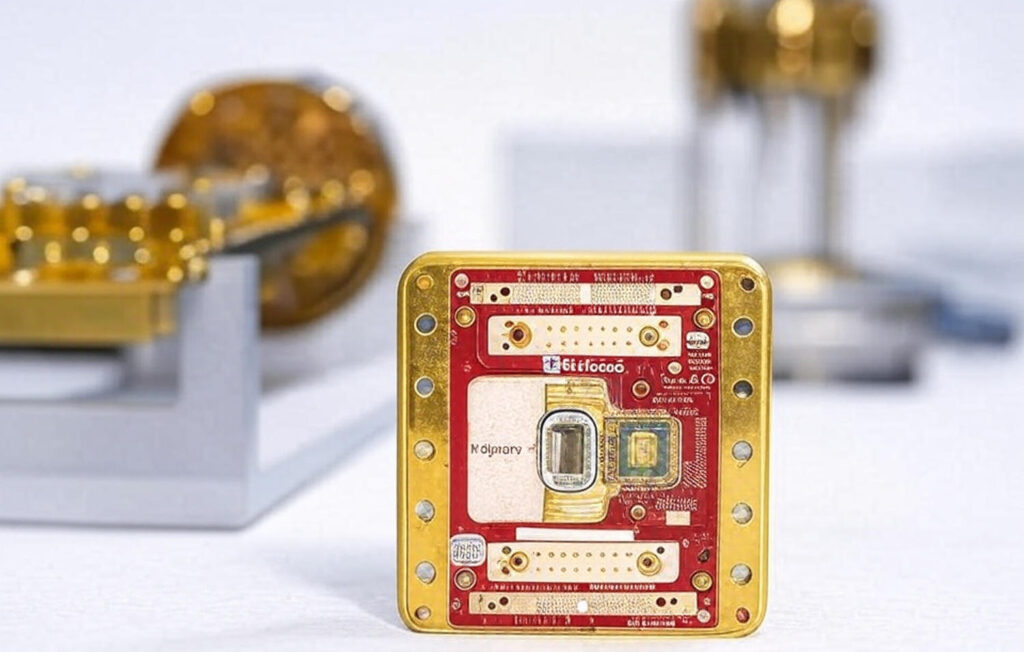
On June 25, 2025, Microsoft announced the Majorana 1, a groundbreaking topological quantum processing unit (QPU) that marks a significant step in the global race to develop practical quantum computing. This innovative chip leverages a novel Topological Core architecture, enabling a new era of stable, scalable quantum systems capable of tackling complex scientific and societal challenges far faster than traditional computing methods.
Introducing the Topoconductor
At the core of the Majorana 1 lies a revolutionary material called a topoconductor, a topological superconductor that exists in a unique state of matter distinct from solids, liquids, or gases. These MZMs form the basis of Microsoft’s topological qubits, which are designed to resist decoherence, offering greater stability and digital control compared to other quantum computing approaches that struggle with noise and errors.
Topological qubits encode quantum information by distributing it across the system through MZMs, reducing the need for extensive error correction. This stability could drastically reduce the number of physical qubits required for reliable computation, with Microsoft claiming the Majorana 1 can scale to thousands of qubits on a single, compact chip.
Why This Breakthrough Matters
Quantum computing holds the promise of solving problems beyond the reach of classical computers, such as accelerating drug discovery, designing advanced materials, and addressing environmental challenges like microplastic degradation. However, achieving this requires systems with millions of stable qubits. The Majorana 1 aims to bridge this gap by simplifying quantum error correction (QEC) and enabling faster computational speeds compared to competing technologies used by companies like IBM and Google.
The chip currently features eight topological qubits, serving as a proof of concept. Microsoft has outlined a roadmap to scale from single-qubit devices to arrays capable of fault-tolerant quantum computing, with plans to develop a prototype under the Defense Advanced
Research Projects The Science Powering Majorana 1

Creating the Majorana 1 required overcoming significant scientific and engineering challenges. The chip uses indium arsenide-aluminum devices cooled to near absolute zero and tuned with magnetic fields to form one-dimensional wires that exhibit topological superconductivity, hosting MZMs at their ends. These MZMs store quantum information in a state known as “parity” (even or odd electron occupancy), which can be read using voltage pulses, simplifying control and scalability.
However, the scientific community remains cautious, noting that while the study confirms the potential for MZMs, it lacks definitive evidence of their existence. Further validation is needed to confirm the chip’s capabilities, as material imperfections, such as surface roughness, could introduce errors.
Challenges and Skepticism
Microsoft’s claims have sparked debate. Some physicists, including those at the American Physical Society’s Global Physics Summit, question whether the Majorana 1 truly hosts topological qubits, citing insufficient data in the Nature paper and limited transparency on key metrics. Critics also note that topological quantum computing lags 20–30 years behind more established platforms like superconducting or trapped-ion qubits, with material defects posing ongoing challenges.

Microsoft remains optimistic, with Chetan Nayak, a technical fellow, emphasizing the team’s confidence in their materials and fabrication techniques. The company’s selection for the final phase of DARPA’s US2QC program underscores the potential of the Majorana 1, though scaling to millions of qubits will require advancements in reducing material imperfections and improving measurement techniques.
The Path Forward
The Majorana 1 is a bold first step toward a fault-tolerant quantum computer, though it is not yet a complete system. Microsoft plans to scale from the current eight-qubit chip to larger arrays capable of robust quantum error correction, targeting a fault-tolerant prototype within years. Collaborations with quantum computing firms like Quantinuum and Atom Computing, along with integration into Microsoft’s Azure Quantum platform, will support this journey.
The quantum community is cautiously optimistic, balancing excitement with skepticism.
Experts commend Microsoft’s efforts but stress that practical, functional topological qubits must be demonstrated in action. If successful, the Majorana 1 could transform computing, much like the transistor revolutionized classical computing, ushering in a new era of technological progress.





1 thought on “Microsoft Unveils Majorana 1: A Leap Toward Scalable Quantum Computing”